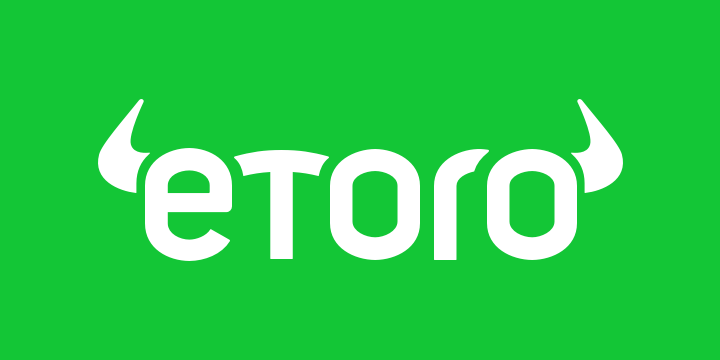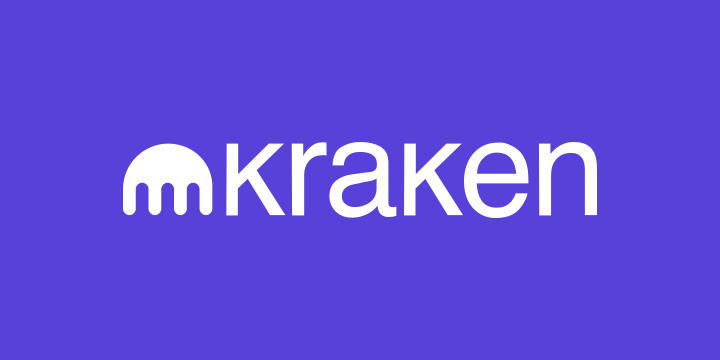How to Invest In Ethereum Classic In 2024
...
Ethereum Classic is an open-source blockchain platform that came about in July 2016 after a ‘hard fork’ from Ethereum. The platform serves as a smart contract network that can host and support decentralised applications (dApps), with ETC serving as the native token. Since the split took place, the road maps pursued by Ethereum Classic and Ethereum have diverged over time.
Ethereum Classic hosts the original Ethereum blockchain, with supporters claiming this makes it truer to blockchain principles than the new Ethereum chain. The maximum supply of ETC is capped at around 210,700,000 ETC. This piece will take you through various strategies that you can utilise to invest in Ethereum Classic.
4 Ways to Invest in Ethereum Classic
1. Buy Ethereum Classic Through an Exchange
Before embarking on your Ethereum Classic journey, you have to acquire a crypto wallet that will allow you to secure your coins. Crypto wallets exist as websites, mobile apps, and desktop applications. They help store your private keys that are used to lay claim to ETC tokens on the blockchain. Crypto wallets exist in hardware and software formats.
Software wallets come in the shape of websites, mobile, and desktop wallets. They are convenient for people who need regular access to their tokens like trading, since they are mostly online, making them easily accessible. However, this makes them less secure. Examples of software wallets include BitGo, MetaMask, Guarda, Exodus, and Atomic Wallet.
Hardware wallets are physical devices that resemble USB flash drives. They store your private keys offline, making them highly secure, and are convenient for holders that own a large amount of ETC. Examples include offerings from Ledger, Trezor, Corazon, and KeepKey.
After acquiring a wallet, visit a reputable exchange and register an account. Then complete the KYC process to be allowed to buy Ethereum Classic. You will have to upload a photo of your ID/passport, proof of address, plus a selfie. Secure the account by activating the two-factor authentication (2FA), then you can fund the account and purchase ETC. After you are done, transfer your tokens to a private wallet.
2. Buy Fractions of Ethereum Classic Through an Exchange
The good thing about buying ETC is that you don’t have to buy a full token when starting. The token is divisible by several decimal places, making it possible to receive tokens worth cents. All cryptocurrency exchanges listed above will allow you to buy fractions of ETC, and you can build your portfolio slowly with time. However, since network fees are involved, most platforms will stipulate that you buy at least $10 worth of ETC.
3. Trade Ethereum Classic Through a Broker
These platforms are convenient for users who don’t want to store their coins themselves – crypto brokers will hold your coins for you, allowing for much more convenient access. Brokers allow users to trade Ethereum Classic frequently, in order to generate frequent profits.
Many platforms offer derivative products such as contracts for difference (CFDs), which allow users to speculate on slight price movements, whether positive or negative. Many brokers also accommodate leverage trading, which can multiply your profits when used effectively.
4. Invest In an Ethereum Classic ETF
The last way to invest in Ethereum Classic is through an exchange-traded fund (ETF). ETFs are financial instruments that track an asset or a selection of several different assets. ETFs can be purchased and sold on stock exchanges, meaning they are highly scrutinised and regulated, making them the most secure option for the average investor.
Some ETFs will comprise several coins in an effort to spread risk across a portfolio. Such an ETF is created and controlled by selecting a basket of various coins, emphasising those that have performed strongly in the past. Even if some coins within the basket don’t perform as anticipated, the overall performance of the fund will make the investor a profit.
The combination of stock market-level regulation and an expertly managed risk profile mean that an Ethereum Classic ETF will make sense to the investor that finds themselves interested in ETC, but is keen to manage the risks associated with the asset.
What to Consider Before Investing in Ethereum Classic
The section below will cover three vital factors you need to pay attention to as you join exchanges and other platforms that offer exposure to ETC since they have the potential to impact your profitably and even make or ruin your investment experience.
Fees
The first kind of fees you are likely to encounter are network fees associated with transferring, buying, or selling tokens. This project suffers the same fate as Ethereum, and its fees can inflate significantly if the network is clogged. The exchanges will charge some fees, even though they may be minimal, for making purchases and selling coins. Brokers will not charge any fees, as you won’t be dealing with the actual asset, but there are commissions for conducting trades. Brokers will also charge inactivity fees if you go for long without using your account.
The last type of fees you are likely to encounter will come from the payment processor you opt to fund your account with. These fees will vary depending on the mode. It’s up to you to analyse these and choose the best service with the lowest costs for your needs.
Risks
As a digital asset, ETC carries a few risks. First of all, the crypto market isn’t adequately regulated yet. This has created a loophole that has been exploited by bad actors extensively. Scammers steal millions from unsuspecting investors each year, and it is vital that you conduct thorough research before entering into any investment within the space. ETFs offer a safer alternative investment strategy for those that might be alarmed by a lack of regulation.
Your brokerage and exchange accounts, as well as your private wallet can also be hacked, and you can end up losing all your funds. To protect against this, you need to set a strong password, enable 2FA, and avoid sharing your login details with anyone. Hardware wallets offer the best security if you are going to be holding the coins yourself.
The last kind of risk associated with ETC is price volatility. Crypto assets are highly volatile, and price swings can lead to losses if investors buy or sell at the wrong time. The ‘buy and hodl’ strategy offers some protection against this, but the savvy investor will take further precautions and mitigate their risk with hedging strategies.
Payment Methods
Various platforms will offer support for different payment modes. An ideal ETC investment platform should support the most common payment modes, making it easy for one to deposit and withdraw funds from their account. These include bank transfers, credit/debit cards, e-wallets, third-party payment modes, other cryptocurrencies, and so on.
There are trade-offs between payment modes to bear in mind: some options charge low fees but take longer to transfer funds, whereas others may be fast but less secure. You should always consider your needs and choose a suitable option accordingly.
Why Invest in Ethereum Classic?
First of all, large institutional investors have decided to join the space, which has helped push the entire market capitalisation of the crypto space to trillions of dollars. This embrace by institutions is also inspiring confidence among retail investors who don’t want to miss out on the action. Expect to see the price of digital assets continue to grow over years to come. Ethereum Classic’s current ROI seems impressive, but it looks like this asset has plenty of room to grow further.
Summary of Investing in Ethereum Classic
By following this guide, you should be able to enter into an ETC investment with ease and make the most of the opportunities this digital asset offers. Ensure you secure your account, acquire a private wallet, and keep your login details secret. You can also combine the various investing strategies we have covered in order to make some profits from trading, or if you are a ‘hodler’, ensure you move your tokens to a private wallet every time you make a purchase.
News

Here’s why Ethereum Classic (ETC) price could jump by at least 12%
13 April 2023 Ethereum Classic price has made a bullish break-out as cryptocurrencies rally. It jumped after the latest American…
Ethereum Classic price: ETC looks primed for sharp 22% decline
30 March 2023 Ethereum Classic price is down 2.5% in the past 24 hours. ETC has failed to ride broader…
Ethereum Classic confirms a trend shakeup. Here is the next price target
9 January 2023 Ethereum Classic rose by 5% on Monday to extend the gains made in the week The network…
Ethereum Classic eyes the $20 resistance level after its latest rally
5 January 2023 Ethereum Classic is the best performer amongst the top 50 cryptocurrencies by market cap today. ETC is…
Prévision de prix d’Ethereum Classic : ETC semble stable face à un Metacade (MCADE) qui ne cesse de monter
23 December 2022 Le Web3 est une industrie en développement constant, et l’action des prix de la crypto ont tendance…


